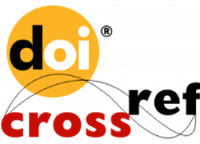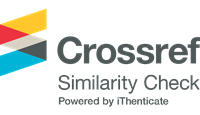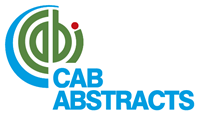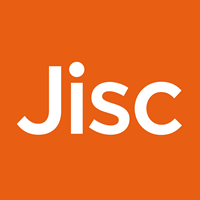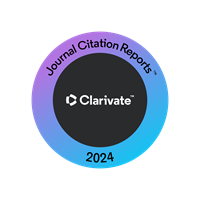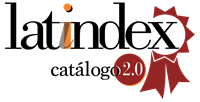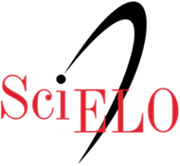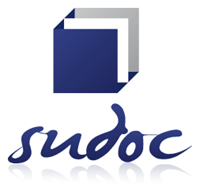<b>Toxicity evaluation of insecticides used in rose crops to adults of <em>Orius insidiosus</em> (Say) (Hemiptera: Anthocoridae)</b> - DOI: 10.4025/actasciagron.v29i3.276
Abstract
Predatory bugs of the genus Orius have been used as entomophagous agents in several agricultural systems, obtaining success in the control of different pests. In rose crops these bugs can be used in the control of thrips, the principal pest of this crop. This study aimed to evaluate the impact of some insecticides used in rose crops to adults of Orius insidiosus (Say), by direct spraying on the bugs and by ingesting contaminated food. Commercial formulations of the insecticides used (g a.i. 100 mL-1) were: endosulfan (0.021), formetanate (0.04), spinosad (0.0144) and deltamethrin (0.0008). Out of these, only endosulfan was evaluated as for ingestion of contaminated food test. Distilled water was used as control. The bioassays were carried out in laboratory. A Potter’s tower was used to spray the products on adults. Eggs of Anagasta kuehniella (Zeller) were dipped in the insecticide solutions and offered to the predator. The mortality, the reproduction and the predatory capacity of the survivors were evaluated. By spraying, deltamethrin was harmful to adults of O. insidiosus; spinosad was moderately harmful and endosulfan and formetanate were slightly harmful. In contaminated food tests, endosulfan was slightly harmful. The predatory capacity of O. insidiosus was not affected by endosulfan in neither of the tests.Downloads
Download data is not yet available.
Published
2007-11-14
How to Cite
Torres, F. Z. V., Carvalho, G. A., Souza, J. R. de, & Rocha, L. C. D. (2007). <b>Toxicity evaluation of insecticides used in rose crops to adults of <em>Orius insidiosus</em> (Say) (Hemiptera: Anthocoridae)</b> - DOI: 10.4025/actasciagron.v29i3.276. Acta Scientiarum. Agronomy, 29(3), 323-329. https://doi.org/10.4025/actasciagron.v29i3.276
Issue
Section
Crop Protection
DECLARATION OF ORIGINALITY AND COPYRIGHTS
I Declare that current article is original and has not been submitted for publication, in part or in whole, to any other national or international journal.
The copyrights belong exclusively to the authors. Published content is licensed under Creative Commons Attribution 4.0 (CC BY 4.0) guidelines, which allows sharing (copy and distribution of the material in any medium or format) and adaptation (remix, transform, and build upon the material) for any purpose, even commercially, under the terms of attribution.
2.0
2019CiteScore
60th percentile
Powered by 

2.0
2019CiteScore
60th percentile
Powered by 












